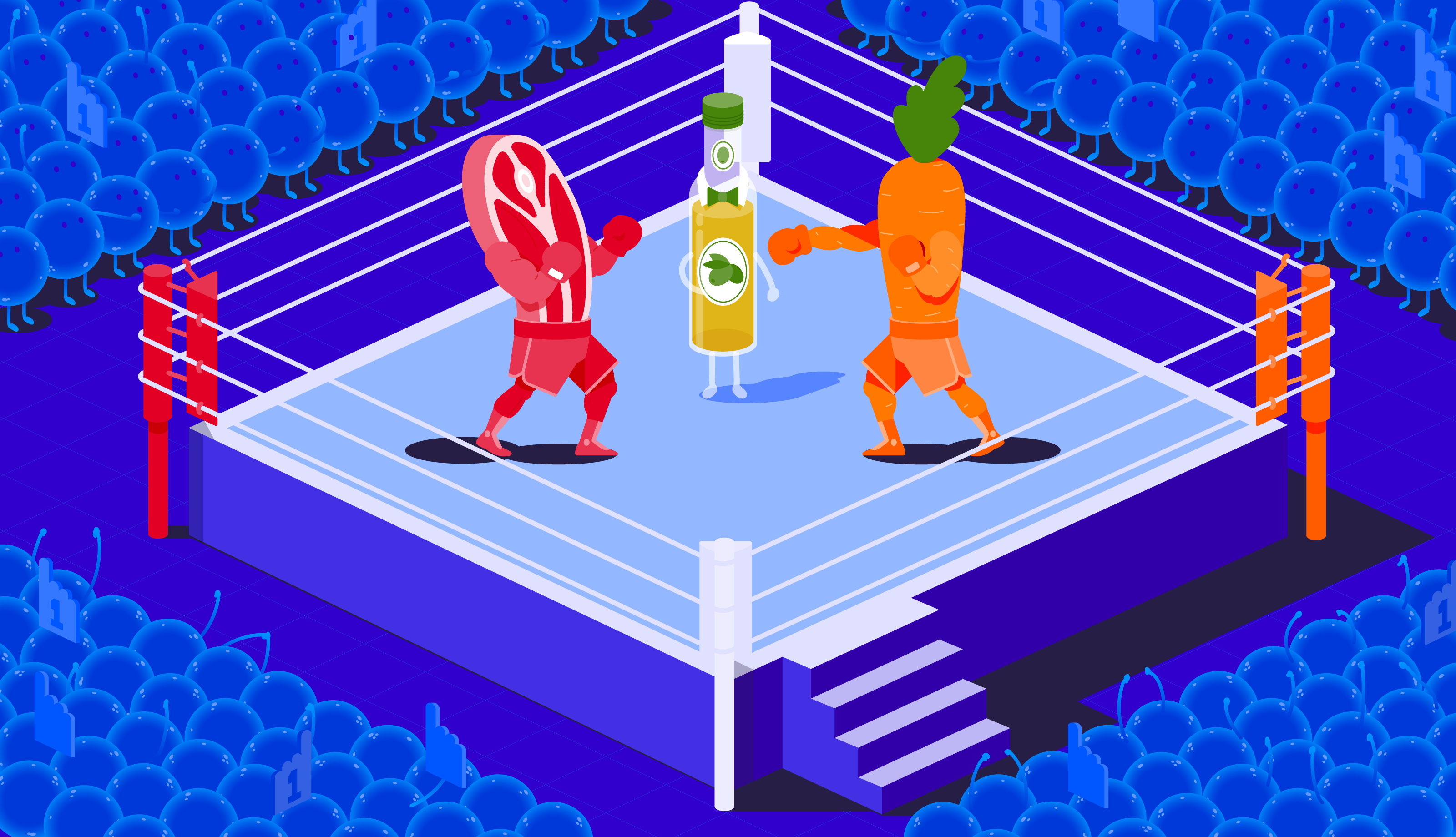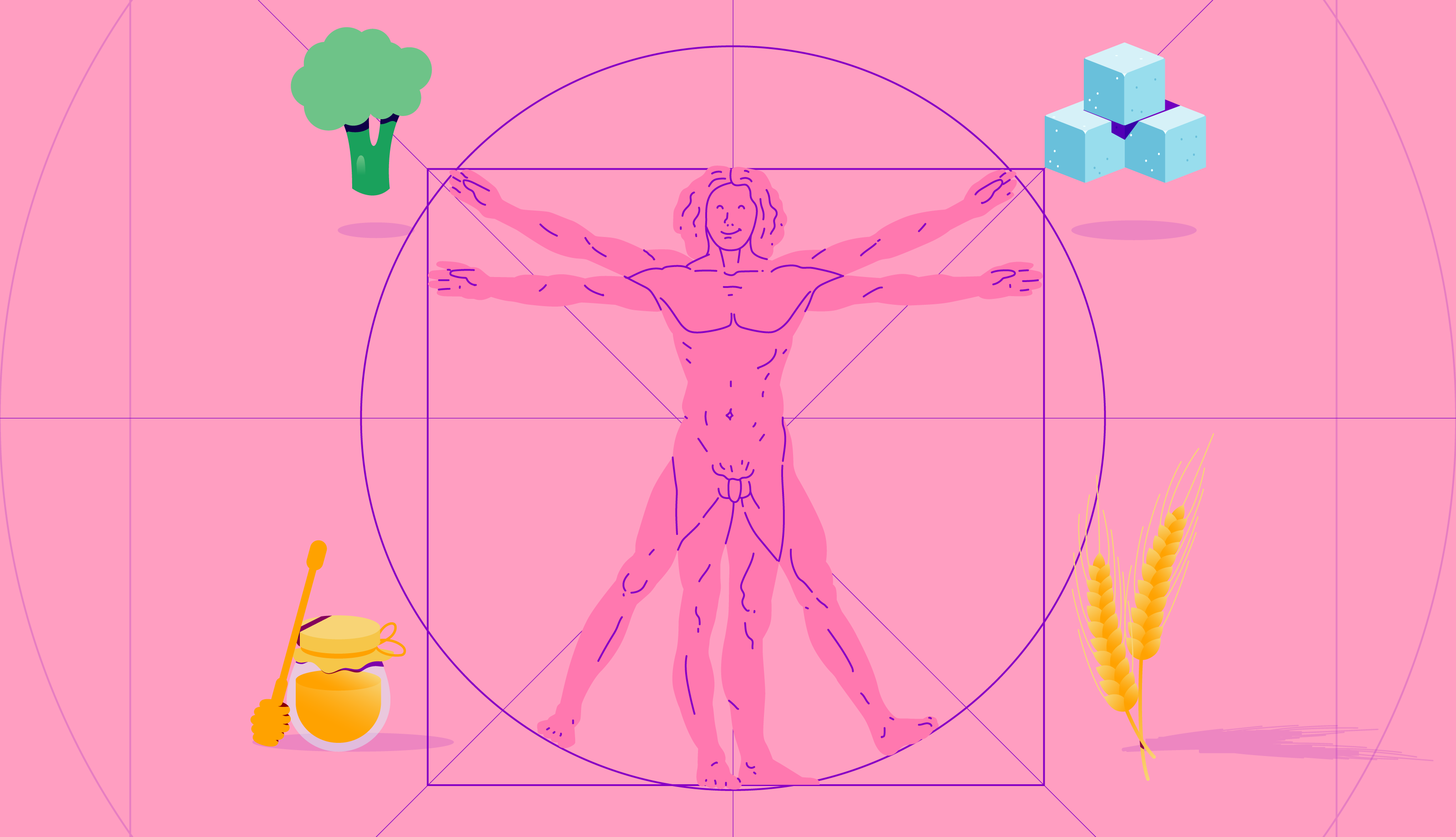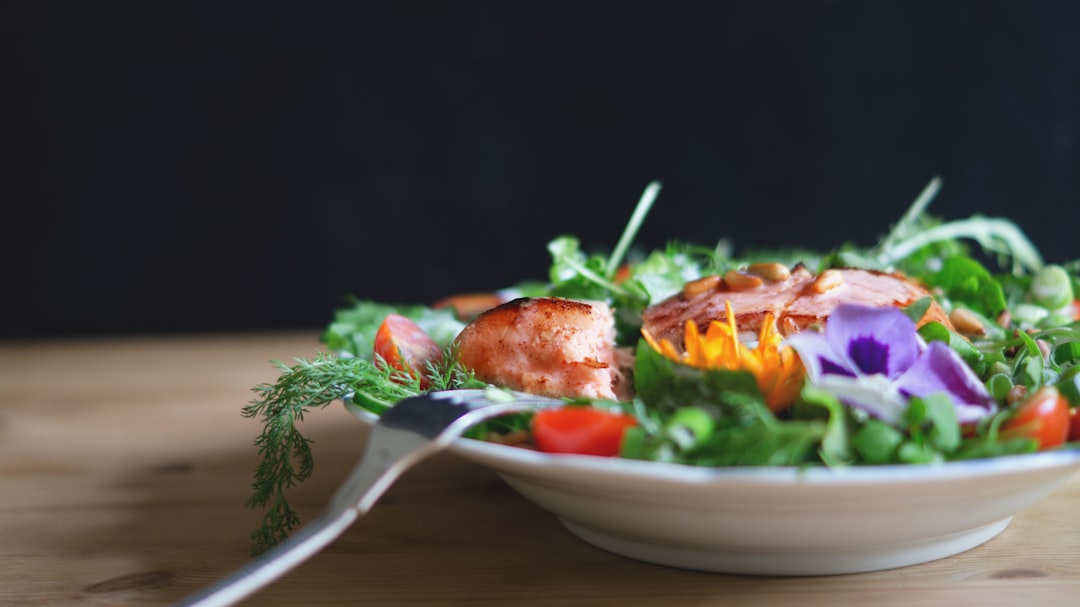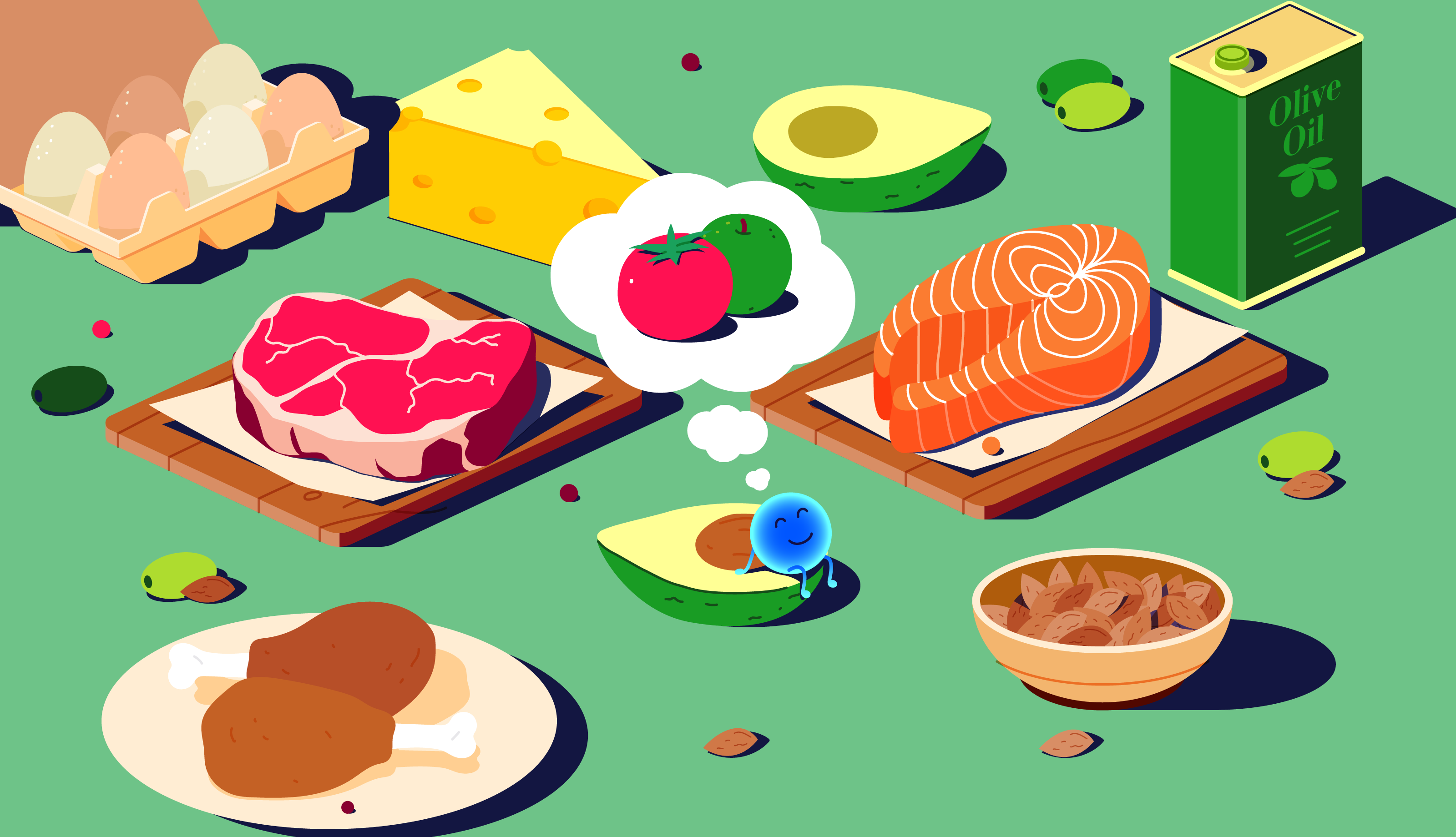Fats, protein, and carbohydrates are all essential for your body, especially when you’re doing physical exercise. Here's why you can’t just cut food groups from your diet and how to balance your macros.
You’ve made the decision: you’re going to get healthy, perhaps lose some weight and find some mental balance. But with all the fad diets flying around online, it can be hard to sort through the information without a PhD in biochemistry.
So we asked Stephanie Beecroft, a sports nutritionist who works at Atlas, to give us the facts on eating for exercise without depriving your body and microbiome. After all, getting active is about reconquering a skill that comes naturally to humans: being active.
Table of contents
- Carbohyrdates, and how to manage them?
- Protein, how much and do plants work?
- Fats, which fats and how to choose?
- Tips to balance your macros like a pro
Carbohydrates: they’re essential
Don’t be a carb-hater, your body uses them for fuel, and your microbes need them to make essential nutrients for your health.
Carbohydrates can be broken down quickly to provide energy as glycogen. We use them to produce energy called adenosine triphosphate (#ATP) for our muscles. ATP is essential for both aerobic (endurance) and anaerobic (strength) exercise. It also keeps your general energy levels stable.
Carbohydrates provide the body with energy which can be quickly absorbed. Around 2,000 kcals of carbohydrates can be stored in the liver and skeletal muscles. Once these stores are full, energy from excess carbohydrates is stored as fat.
However, it’s very easy to eat too many carbs – especially in our society where bagels, toast, and cereals are standard breakfast fare, sandwiches are the most accessible lunch, and pasta and rice are easy go-to staples for dinners.
Homecooking and common sense are your best allies for proper nutrition
But when we overconsume starchy carbohydrates, we can put on extra weight because our bodies can’t use them all, so they store them as energy for later, often around the middle. It’s important to remember that fruit and vegetables are carbohydrates too, and they are your friends.
☝️REMEMBER☝️All carbohydrates are not equal. You can’t just eat potatoes, pasta, and bread. Your body and microbiome need at least 30g of fiber every day from fruit, veg, whole grains, legumes, nuts, and seeds.
How to balance your carbs
Carbs come in many shapes and sizes. Whole plant foods are natural sources of carbohydrates that nourish the body and microbiome. Processed and refined ones don’t.
-
More veg please: If you do find you are putting on weight and not sure what to change, try switching out some of your starches for vegetables. For example, you might usually go for eggs on toast for breakfast, but why not have a veggie filled omelette instead?
-
Swap out the starches: You can also purchase a spiraliser (relatively inexpensive) and try making courgette or carrot ribbons to replace pasta or spaghetti, many supermarkets sell ready-spiralised vegetables, or cauliflower rice.
-
Keep a food diary to identify the macronutrient split through the day, and see if your balance is off-kilter. If you are unsure, ask a professional to take a look at your food diary (or better yet keep pictures of your meals for a few days) to offer some guidance on what you could change.
Protein: the building blocks
You get energy from all three macronutrients, but protein performs a more restorative role and the body uses carbohydrate and fat primarily for energy.
Proteins are broken down into amino acids, and these are the building blocks of your skeletal muscle and tissue. Protein is essential for repair of your muscles- particularly after exercise.
Personally, unless you have a good comprehension of your kilocalorie intake and your macro split, I generally think it is always best to get your protein intake from real food.
Meat, fish, eggs, pulses, quinoa, and tofu are all great sources of protein, and you can find protein in lots of veggies too in lesser amounts. Different food sources contain complete or incomplete proteins.
☝️REMEMBER☝️A balanced and varied diet will help you hit your protein needs every day. By doing so, you also ensure that your microbiome and body are getting essential fiber and phytonutrients from plants too.
How to balance your protein
By diversifying your protein intake, mixing and matching sources of plant protein and complete proteins, you can give your body what it needs.
-
Complete proteins contain all nine essential amino acids which your body requires. Meat, eggs, and fish will provide you with complete proteins, however sometimes it is necessary to combine sources of protein in order to have a complete protein.
-
Incomplete proteins: if you combine a grain with a plant protein source, you can make a complete protein. This is why rice and beans are a popular staple around the world. You don’t have to only eat complete proteins as your liver stores certain amino acids for use when needed.
-
How to measure your protein from food sources correctly: remember that the weight of a protein-rich food, like beef, doesn’t amount to the weight of protein available from that source. For 100g of beef, there’s about 26g of protein available.
Fat: it doesn’t make you fat
Out of all the macronutrients, fat has the highest caloric value per gram, and it is essential for good health and wellbeing, and optimal cognitive function.
There are three types of fat: saturated, polyunsaturated (which is your omega 3, 6, and 9), and monounsaturated. Many still worry about cutting fat because of the low-fat diet trend of the 80s and 90s, but this isn’t how the human body works!
Fat is hugely important for our health and wellbeing, and for optimal cognitive function. Sixty per cent of your brain is fat and every nerve in your body is coated with a myelin sheath - which you’ve guessed it – is an insulator made from fat too.
Rather than avoiding fat altogether, be smart about which fats you choose to eat. Saturated fats are solid at room temperature but have a higher smoking point for cooking, which means it is less broken down by high temperature cooking and better for your body as a result.
How to balance your fats
Don't fear the fat. Instead choose better fats to complement your body's physiology and stay fuller for longer.
-
Use better oil to improve the quality of fat in your diet. Add oily fish, coconut, coconut oil, avocado, nuts, and seeds (in moderation), and olive oils on salads. Even butter, yoghurt, and ghee can provide some good fats.
-
Avoid trans fats: these are man-made fats and their chemical structure has been altered, making it an unstable fat in the body, which leads to damage from free radicals. They are often found in processed foods and butter-like substances including margarine.
-
Fat for satiety: fats are higher in kilocalories than carbs and protein - this keeps you satiated for longer so you won’t feel the need to graze between meals.
Managing your macros
Balance is the key. If all your meals contain a portion of carbs, fats, and protein, you'll snack less and actually eat less overall.
Each of these three macronutrients have an essential role to play in your health, energy levels, and hormone function. By eating a combination of all three in each meal, you will feel satisfied and avoid the after-meal slump (ever had the 3 o’clock tiredness attack at work?!).
Balance your macros
Approach your macronutrients with some knowledge and common sense to get the most out of your diet for your body, bacteria, and taste buds.
- Have carbohydrates, protein, and fat with each meal. If you are unsure how to build your meals, check out the Eat Well Guide by the British Association for Lifestyle Medicine and Nutrition (BANT).
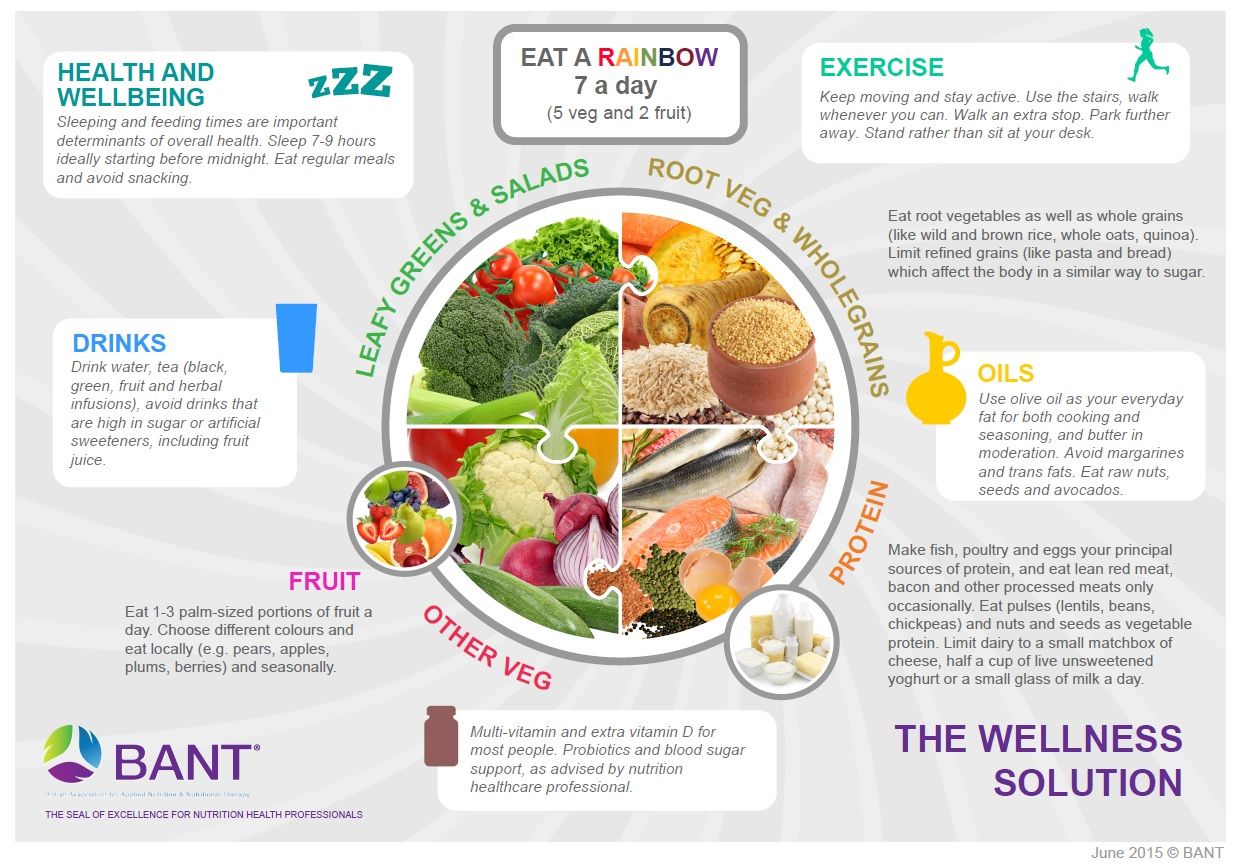
-
Consult a qualified and registered nutritionist if you have a health goal or training schedule for professional advice and dietary guidelines.
-
Diversify your diet: try to avoid eating the same thing every day. A happy gut has a diverse microbiome and this is only created by eating lots of different foods regularly, especially plant-based foods like beans and legumes (incomplete proteins), whole grains, fruit and veg.
-
Eat the rainbow is excellent advice: I would advise to eat five portions of veg as an absolute minimum per day- push for 10 if you can! Once you start adding veg into every meal, you will realise how easy it is to rack up the amount you consume.
-
Take a microbiome test and you will get a weekly list of foods to include in your diet to improve your microbiome and overall health and feed the beneficial bacteria living in your gut.

